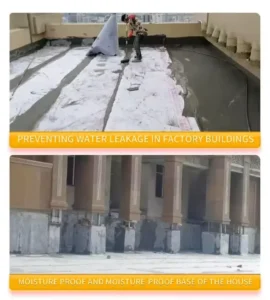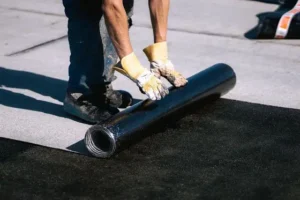Industries such as construction, electronics, outdoor apparel, and textiles all require waterproof testing. For example, when creating a waterproof jacket or phone, one must ensure that these products function as intended while exposed to wet conditions. Effective waterproof testing assists manufacturers in validating endurance, averting waterproof failures, and adhering to industry benchmarks. Throughout this guide, we will focus on methods and official standards used to detect and assess waterproofing.
In this article, we will detail all of the methods used to assess waterproofing effectiveness along with their accepted standards and practical recommendations.
Why Waterproof Testing Matters
Poor waterproofing can lead to serious issues such as:
-
Structural damage from water infiltration in buildings
-
Short-circuits and permanent failure in electronics
-
Reduced comfort and functionality in clothing or gear
Effective waterproof testing ensures quality control, user satisfaction, and compliance with industry standards.
Common Waterproof Testing Methods
1. Static Water Immersion Test
Used for: Construction materials, outdoor equipment, waterproof apparel
How it works: The sample is submerged in water for a set period. Observations are made for water penetration, material saturation, or weight gain, indicating how much water has been absorbed.
2. Spray or Rain Simulation Test
Used for: Exterior walls, windows, electronic housings
How it works: A controlled spray system mimics rain or splash scenarios. Testers check for internal moisture or water ingress under different spray intensities and durations.
3. Hydrostatic Pressure Test
Used for: Waterproof membranes, coatings, fabrics
How it works: Water pressure is applied to the material to simulate depth or pressure stress. The test measures at what pressure the material begins to allow water through.
4. Soak and Dry Method
Used for: Fabrics, garments, outdoor gear
How it works: Researchers soak the items, then dry them. They analyze moisture retention, drying time, and structural changes to evaluate the balance between waterproofing and breathability.
5. IP Rating Test (Ingress Protection)
Used for: Electronic devices like smartphones, smartwatches, cameras
How it works: International IP rating standards test devices under specific water exposure conditions—sprays, jets, or full submersion—to assign ratings like IP67 or IP68.
Waterproof Performance Standards and Classifications
-
Zero Penetration Rule: No visible or measurable water should breach the material or internal components.
-
IP Rating Scale:
-
IPX4: Splash resistant
-
IPX5–6: Jet or heavy spray resistant
-
IPX7: Immersion up to 1 meter for 30 minutes
-
IPX8: Long-term or deep-water submersion
-
-
Durability Testing: Repeated exposure under changing conditions to assess long-term waterproofing reliability.
-
Damage Resistance: Testing after abrasion, cuts, or punctures to see if waterproofing is still effective.
Considerations for Successful Waterproof Testing
Selecting the appropriate test for your product: Avoid using a submersion test for a product designed to resist rain. Ensure the method used is aligned with the actual application.
Use multiple test types: A combination of both spray and pressure tests tends to provide a better overall evaluation of performance.
Adhere to industry standards: For certification and consistency reasons, it is advisable to stick to ASTM, ISO, or IEC test protocols.
Periodic retesting is necessary: Waterproof capabilities are likely to decline over time, making periodic retests essential, especially for critical parts.
Everything must be documented: Compliant reporting requires proper documentation on test conditions, results, and specifications.
Conclusion
The term waterproofing reflects a commitment to performance. Whether it’s a jacket, phone, or a concrete wall, knowing how to accurately test waterproofing makes all the difference in optimizing field performance. Ensuring product functionality and safety expectations is achievable with appropriate rigorous testing coupled with thorough methods and standards.
📞 Get in Touch with Our Experts Today – Let’s Build Something Waterproof, Together!
-
- Phone: +86 138 6365 6701
- Email: Huafengwaterproof@gmail.com
- WhatsApp: +86 138 6365 6701







